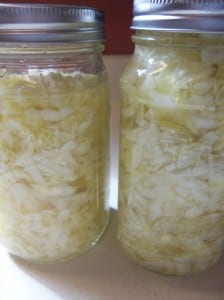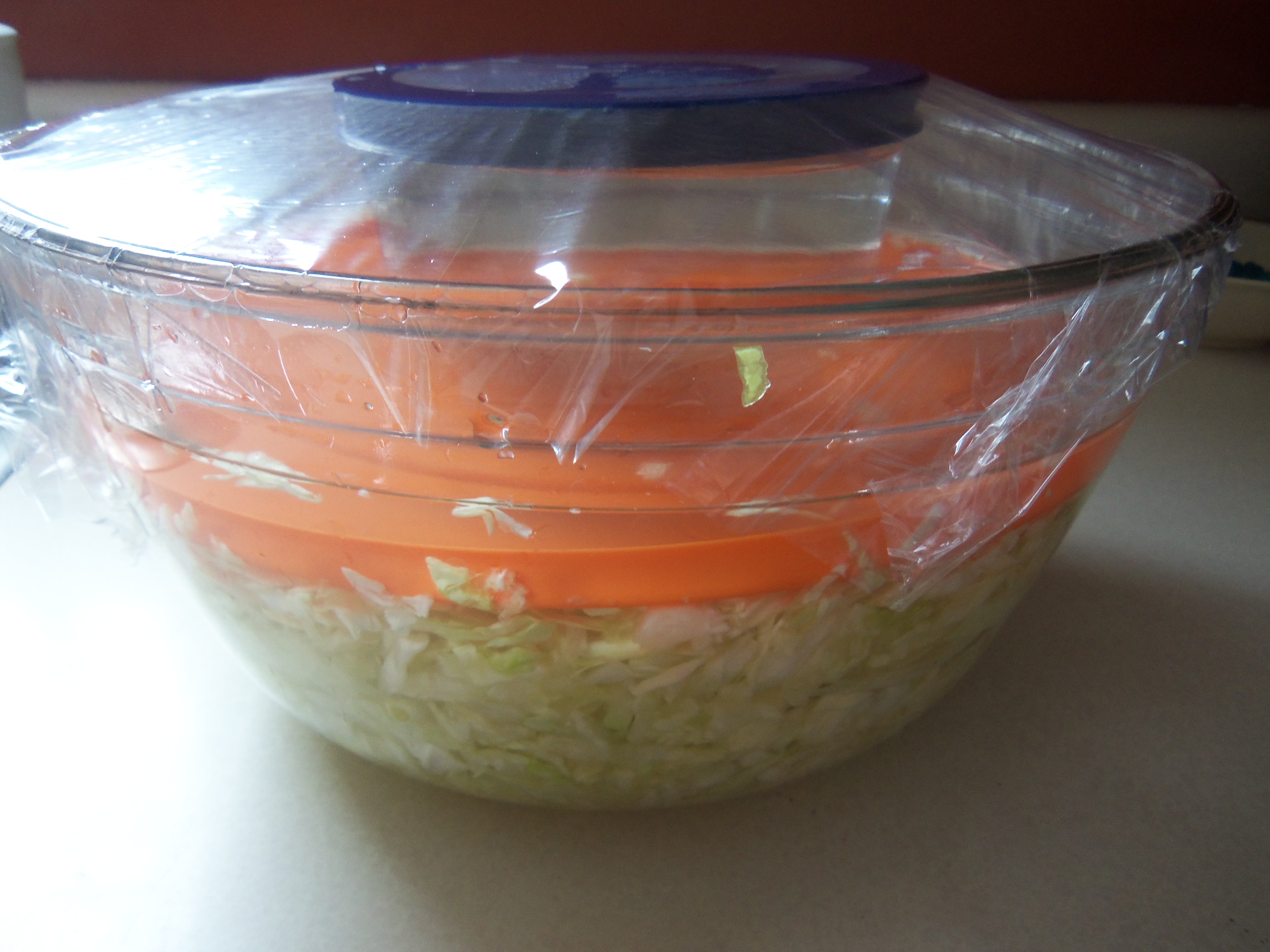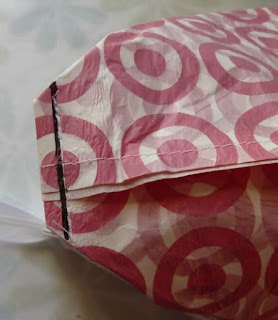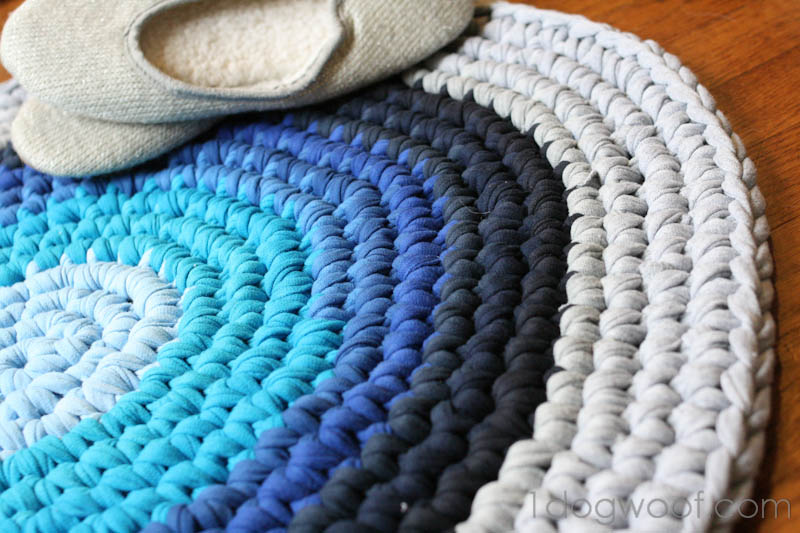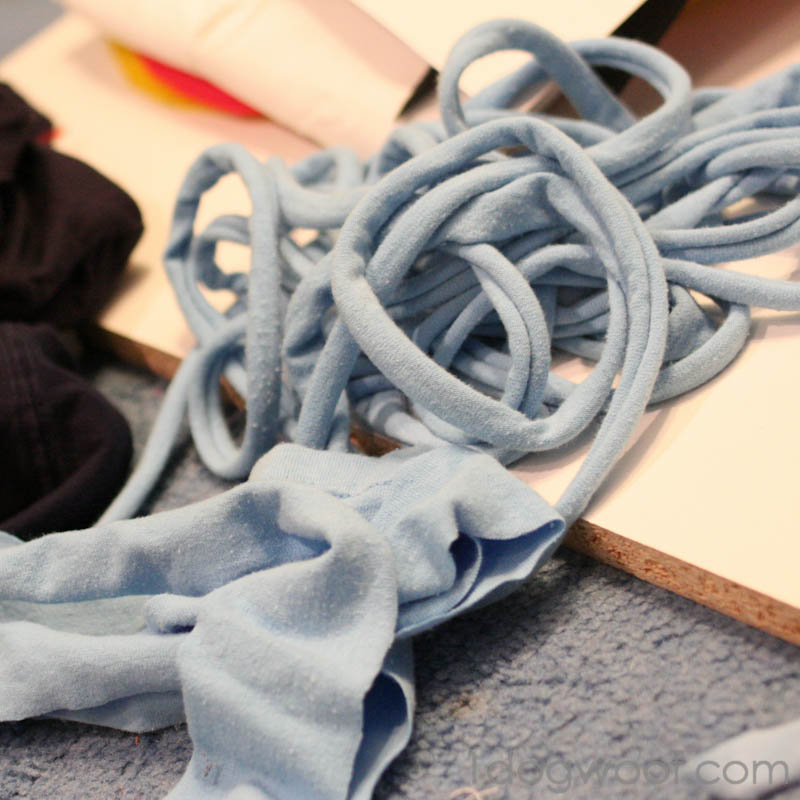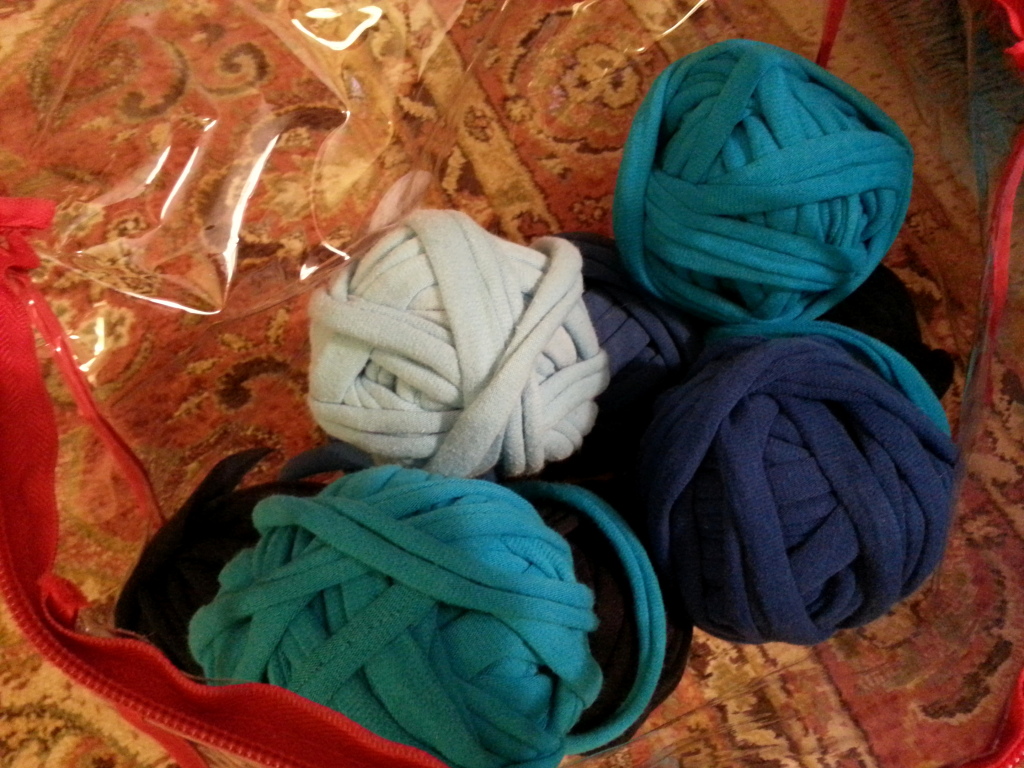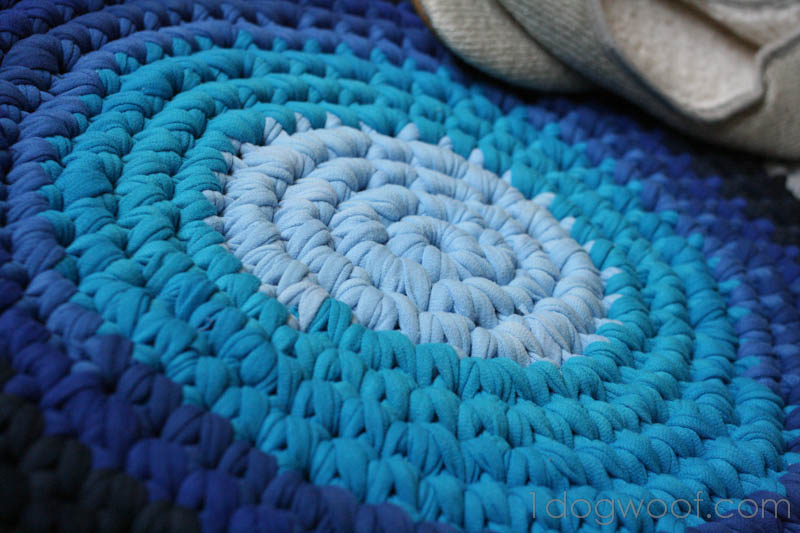My recipe still maintains the sweet and sour taste we’ve all come to expect from ketchup, but throws a historical twist in for good measure: a bit of fish sauce.

Homemade, Fermented Ketchup
1/3 cup hot water
1/3 cup honey
2 6oz cans tomato paste
2 tbsp whey (the clear liquid at top of yogurt) or sauerkraut juice
1 tbsp apple cider vinegar
1 tbsp fish sauce
1 dash (1/8 tsp) cinnamon
1 dash (1/8 tsp) ground cloves
1 dash (1/8 tsp) garlic powder
1 dash (1/8 tsp) black pepper
1 dash (1/8 tsp) sea salt, more to taste
1. Combine the hot water and honey, stirring until dissolved, then set aside to cool.
2. Combine the honey water and the rest of the ingredients. Add salt to taste.
3. Place in a quart-sized jar, cover, and let set at room temperature until fizzy and delicious. It should take 2-5 days. After the second day, be sure to burp the lid daily to prevent gas buildup. Taste it every day after the second day to see how you like it; once it tastes perfect, throw it in the fridge. It should keep for about 1 month.
** This recipe creates a fairly thick ketchup – to thin it, simply mix in a bit of water to get your desired consistency.
** If you don’t have access to whey or sauerkraut juice, add 1 tbsp water and 1 additional tbsp of apple cider vinegar.
** The slightly fishy taste of this sauce is awesome, but if you’d like to omit the fish sauce altogether, replace it with 1 additional tbsp of apple cider vinegar.
** This ketchup can also be made without fermentation. It’ll be a bit sweeter and won’t have that awesome fizz to it. To make it, simply combine all of the ingredients and simmer on low for about 20 minutes, then cool and bottle. It will only last about 1 week in the fridge.
1/3 cup honey
2 6oz cans tomato paste
2 tbsp whey (the clear liquid at top of yogurt) or sauerkraut juice
1 tbsp apple cider vinegar
1 tbsp fish sauce
1 dash (1/8 tsp) cinnamon
1 dash (1/8 tsp) ground cloves
1 dash (1/8 tsp) garlic powder
1 dash (1/8 tsp) black pepper
1 dash (1/8 tsp) sea salt, more to taste
1. Combine the hot water and honey, stirring until dissolved, then set aside to cool.
2. Combine the honey water and the rest of the ingredients. Add salt to taste.
3. Place in a quart-sized jar, cover, and let set at room temperature until fizzy and delicious. It should take 2-5 days. After the second day, be sure to burp the lid daily to prevent gas buildup. Taste it every day after the second day to see how you like it; once it tastes perfect, throw it in the fridge. It should keep for about 1 month.
** This recipe creates a fairly thick ketchup – to thin it, simply mix in a bit of water to get your desired consistency.
** If you don’t have access to whey or sauerkraut juice, add 1 tbsp water and 1 additional tbsp of apple cider vinegar.
** The slightly fishy taste of this sauce is awesome, but if you’d like to omit the fish sauce altogether, replace it with 1 additional tbsp of apple cider vinegar.
** This ketchup can also be made without fermentation. It’ll be a bit sweeter and won’t have that awesome fizz to it. To make it, simply combine all of the ingredients and simmer on low for about 20 minutes, then cool and bottle. It will only last about 1 week in the fridge.
